Studying the New York City architecture course out of the classroom could be beneficiary for the students in many good ways. It’s very interesting to have a class that can give you a different experience and show you a different way for professor to be teaching classes in a very unique form. I think is exciting for students to go once or more than once a week to field trip where they are learning about the New York history in live.
Since, the students get to see the actual building while their instructor or their classmates talk about the building history, architecture style, design, material, concept and the relationship between the building and the city development. The students get the opportunity to consume better the material giving in an outside class by the instructor and students. The outside class also give students the opportunity to see how the building look currently and the building condition. In contrast to looking at the building in images and been teach in a classroom which will be boring. As well as, the students can have easy access of going to places that they probably haven’t yet gone in New York city.
The outside class motivates students to go to the class. I believe it force students to be responsible to go to one place and meet with the class which makes the difference of teaching students in a classroom by sending them to an individual trip where you don’t know if they will assist or not. Honestly, I think I learned a lot about this outside classes, they were very helpful to me because I lived the actual experience of been taught in front of a specific building. This teaching will stay in my mind forever. I’m pretty sure every time I pass by these buildings, I visited in this architecture class I will remember about their history.
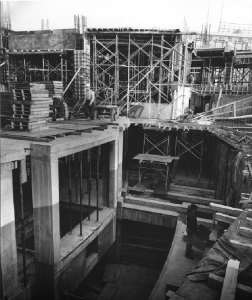
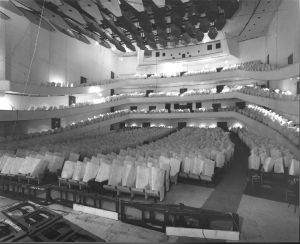
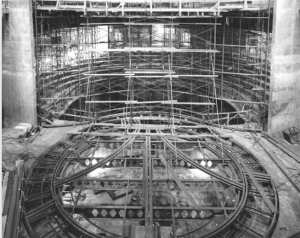
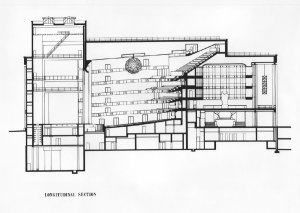

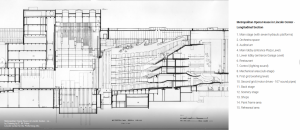

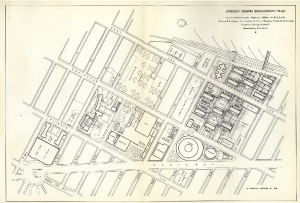

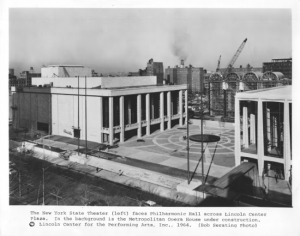
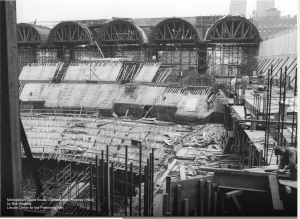
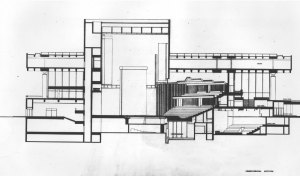
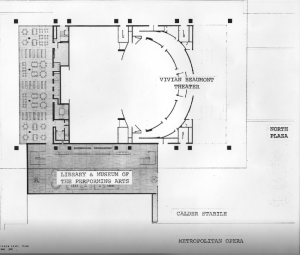
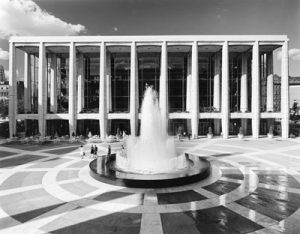

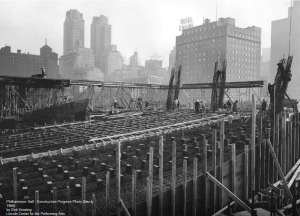
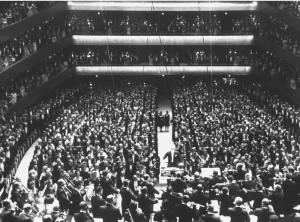
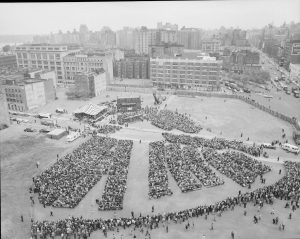
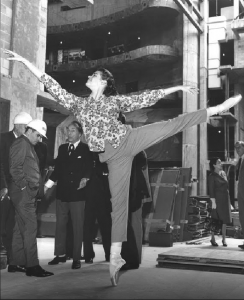




Recent Comments